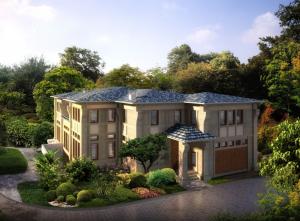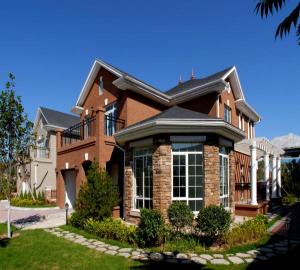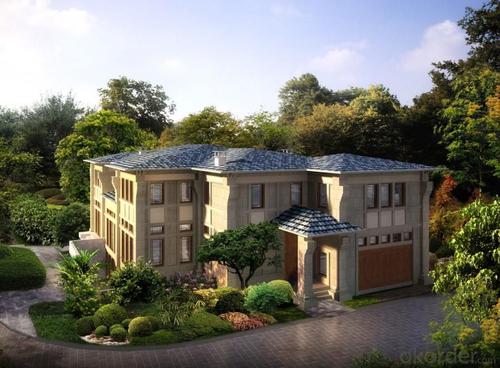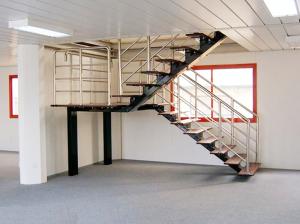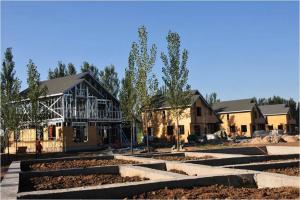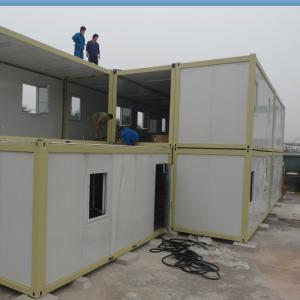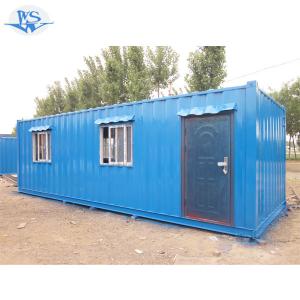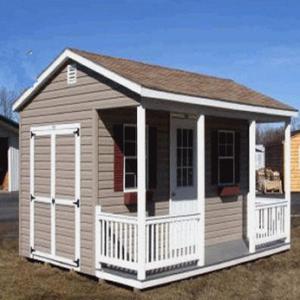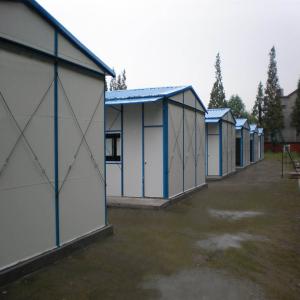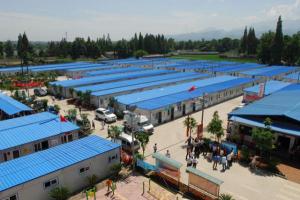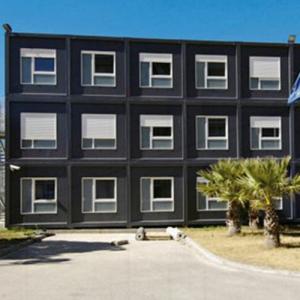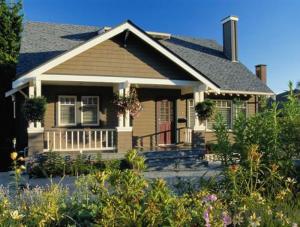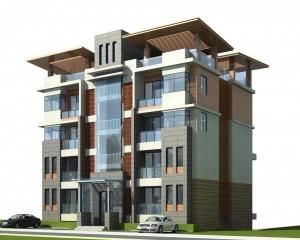EPC Work of Villas & Apartments
- Loading Port:
- China Main Port
- Payment Terms:
- TT or LC
- Min Order Qty:
- 80 sqms m²
- Supply Capability:
- 20,000 sqms/month m²/month
OKorder Service Pledge
OKorder Financial Service
You Might Also Like
Basic Information of EPC Work of Villas & ApartmentsOrigin Place Beijing China Brand Name IDEAL HOME Model Number I-V002 Material Steel Structure Light steel Shape Slope or flat roof Size Customize Layout design Technical support Installation Professional guide Use life 30~50 years Volume 200sqm/40HQ Seismic resistant Grade 8 Color Customize window and door Customize Wind resistance Grade 12
General Information of EPC Work of Villas & Apartments
Websteel Building System
WEBSTEEL building system originates from Canada and has been applied in many countries in North America for more than 20 years. Currently, it is the only technology, which can adopt 100% cold-formed thin-walled steel to construct buildings with up to 6 stories, and can be adopted for every climate conditions.
The main body of building members for the websteel system is a miniature bridge frame which is composed of light, thin wall square tube (rectangular tube) undergoing galvanization cold-formed high-frequency welding and triangular V-shaped connector. This bridge frame may be adopted for building beam, wall, floor, as well as roof. In a word, miniature bridge frame adopting this rectangular tube structure may be used in all kinds of building elements.
Together with the increasing of the usage of light steel frame construction around the world in the recent years, the structural and decoration boards industry has made significant steps for improvement. New materials with high quality specification are available now in the market. Combining these materials together with the web steel frame system, we are in position to propose to our customers building solutions that create a new understanding of living culture with environmental competence and harmony.
Application of EPC Work of Villas & Apartments
Light steel residential and office buildings up to 6 storeys. Infill partitions – the excellent fire resistance, structural strength and sound and heat insulation characteristics of the websteel wall system offers a fast, low cost, flexible for future modifications and high safety partitions system in both heavy steel and reinforced concrete frame buildings in low and high rise buildings.
Technical Data of EPC Work of Villas & Apartments
1) Firm intensity, anti-wind and anti-earthquake
Main body miniature bridge frame of WEBSTEEL building system is composed of tube with the square, rectangular cross section and V-shaped connector. As it is well known, it is not easy for hollow structure steel to undergo distortion and in combination with the connection method of triangular bridge frame, which results in even force transmission and distribution and integrated load transmission system.
2) Energy-saving, sound insulation
Wall and floor plate of WEBSTEEL building are composed of independent bridge frame with two tube fittings, 2 rectangular tubes are discontinuously connected by V-shaped connector of less than 2 mm, and heat transfer route is minimal with thermal bridge completely separated, hence it is almost impossible for internal and external heat transfer, which makes two independent heat-cycle systems without interference for inside and outside of the building.
3) Safeguard for fire prevention
There are three reasons for WEBSTEEL building’s high fire resistance:the first one is its structure - even if local fire occurs, WEBSTEEL spatial grid structure may obtain support through nearby bridge frames;
4) Being beneficial for environment protection
Field construction with websteel rarely generates wastes or noise. Once the house reconstruction is needed in the future, the disassembled members can be reused with the recovery rate of up to 90%, which completely abides by the Evaluation System for Green Ecological Building prescribed by developed countries, such as 2nd edition of “Evaluation System for Green Building” issued by U.S. Green Building Council and related regulations of “Technical Essentials for Construction of State Comfortable Housing Estate Pilot Project” and the European Sustainability Guide.
Reference Pics of EPC Work of Villas & Apartments
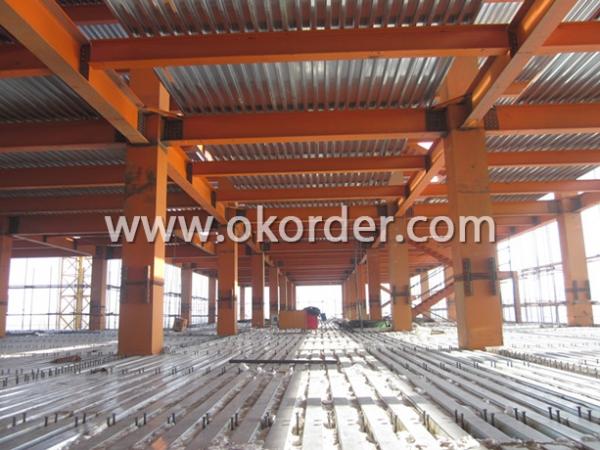
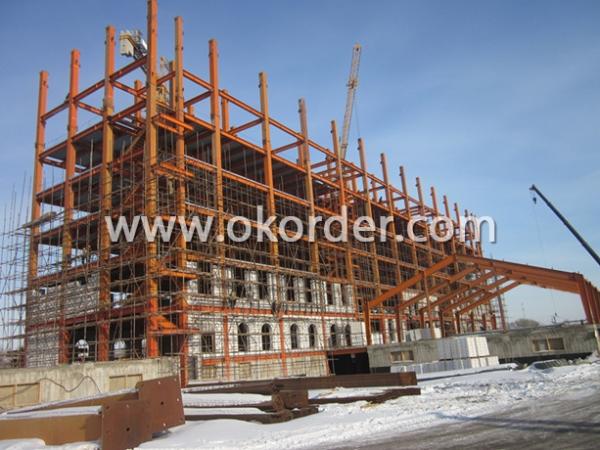
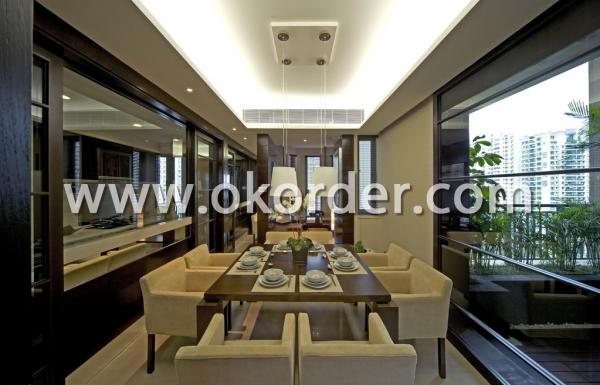
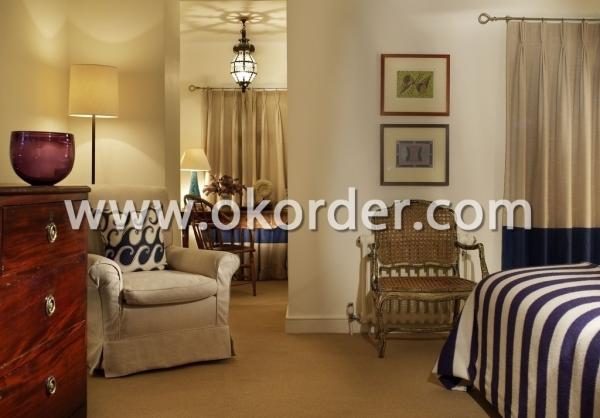
- Q: How do container houses compare to traditional houses in terms of space?
- Container houses generally have smaller living spaces compared to traditional houses. This is because shipping containers, which are typically used to build container houses, have limited dimensions. While traditional houses offer more flexibility in terms of size and layout, container houses may require creative design solutions to maximize the available space within the constraints of the container structure.
- Q: Can container houses be built with a contemporary design?
- Yes, container houses can absolutely be built with a contemporary design. The use of shipping containers as a building material has gained popularity in recent years due to their affordability, sustainability, and versatility. With the right design and architectural expertise, container houses can be transformed into stylish and modern living spaces. Contemporary design is characterized by its sleek and minimalist aesthetics, clean lines, and use of modern materials. These principles can be easily applied to container houses. Architects and designers can incorporate large windows and glass doors to create an open and airy feel, maximizing natural light and blurring the boundaries between indoor and outdoor spaces. Additionally, container houses can be customized with various exterior finishes and materials to achieve a contemporary look. This can include cladding the containers with materials such as wood, metal, or fiber cement panels, giving the house a more polished and sophisticated appearance. In terms of interior design, container houses can also embrace contemporary elements. Open floor plans, minimalistic furnishings, and a neutral color palette can be utilized to create a clean and uncluttered living space. Modern fixtures, appliances, and lighting can be integrated to enhance the contemporary feel. Container houses offer a unique opportunity for creativity and innovation in contemporary design. They can be stacked, joined, or cantilevered to create interesting architectural forms and shapes. With the right design approach, container houses can seamlessly blend with their surroundings and become a visually striking addition to any neighborhood. In conclusion, container houses can indeed be built with a contemporary design. The combination of the versatility of shipping containers and the principles of contemporary design can result in unique and stylish living spaces that are both sustainable and affordable.
- Q: Are container houses suitable for guest or in-law accommodations?
- Yes, container houses can be suitable for guest or in-law accommodations. Container houses have become increasingly popular due to their affordability, durability, and versatility. They can be easily customized and modified to create comfortable and functional living spaces for guests or in-laws. One of the main advantages of container houses is their portability. They can be transported and installed in various locations, making them ideal for accommodating guests or in-laws on your property. Additionally, container houses can be easily expanded or connected to create larger living spaces if needed. Container houses can also provide a unique and modern aesthetic, which can be appealing for guests or in-laws looking for a distinctive living experience. With proper insulation, ventilation, and interior design, container houses can offer a comfortable and inviting environment for guests or in-laws to stay in. Furthermore, container houses are typically more cost-effective compared to traditional construction methods. They require less time and labor to build, resulting in lower overall costs. This can be advantageous when considering guest or in-law accommodations, as it allows for a more budget-friendly option. However, it is important to consider certain factors before choosing container houses for guest or in-law accommodations. These include local building regulations, zoning restrictions, and the need for proper amenities such as plumbing and electricity. Additionally, privacy and noise control should be taken into account when designing the layout of the container house. Overall, container houses can be a suitable and practical option for guest or in-law accommodations. With proper planning, customization, and attention to details, container houses can provide a comfortable and attractive living space for guests or in-laws while offering the benefits of affordability and versatility.
- Q: Are container houses suitable for minimalistic living?
- Yes, container houses are indeed suitable for minimalistic living. Their simple and compact design aligns well with minimalistic principles of decluttering and living with less. Container houses offer a functional and practical living space that encourages a minimalist lifestyle by providing just the essentials, promoting sustainable living, and reducing the need for excessive material possessions.
- Q: Can container houses be designed with earthquake-resistant features?
- Yes, container houses can be designed with earthquake-resistant features. By incorporating reinforced foundations, flexible connections, and bracing systems, container houses can withstand seismic activity. Additionally, using lightweight materials and distributing weight evenly within the structure can help minimize the impact of ground shaking.
- Q: Can container houses be insulated for temperature control?
- Indeed, it is possible to insulate container houses for the purpose of temperature control. Insulation plays a vital role in the design of container houses as it helps to regulate the internal temperature and establish a pleasant living environment. Container houses offer various insulation options, such as spray foam insulation, fiberglass insulation, and rigid foam insulation. These materials can be applied to the container's walls, floors, and ceilings to create a protective barrier against fluctuations in external temperatures. Moreover, insulation aids in reducing energy consumption by minimizing heat transfer, resulting in decreased expenses for heating and cooling. By implementing proper insulation techniques, container houses can attain thermal efficiency and provide comfort in any climate.
- Q: Can container houses be designed with a daycare or childcare facility?
- Certainly, daycare or childcare facilities can be accommodated in container houses. These houses are highly adaptable and can be tailored to fulfill various requirements, including those of a daycare or childcare center. It is possible to modify and expand container houses to create ample space for classrooms, play areas, sleeping quarters, and other essential facilities. By stacking or arranging the containers differently, separate rooms or open spaces can be formed according to the specific needs of the facility. Moreover, container houses offer the advantage of easy transportation, allowing for flexibility in terms of location. This is particularly beneficial for daycare or childcare facilities that may need to relocate in the future. Containers can be conveniently transported to a new site and reassembled, making them an ideal choice for those seeking a mobile or temporary setup. In terms of safety and functionality, container houses can be designed in compliance with building codes and regulations. This ensures that the necessary standards for operating a daycare or childcare facility are met. Proper ventilation, plumbing, electricity, and fire safety measures are included to provide the required amenities. In conclusion, container houses present a practical and customizable solution for designing daycare or childcare facilities. Their versatility, transportability, and ability to meet safety regulations make them an appealing option for those looking to establish a unique and cost-effective center.
- Q: What does the apartment mean?
- There are several single-family suites in each layer, including the bedroom, living room, living room, bathroom, toilet, kitchen and so on
- Q: What is a stacked villa?
- Superimposed villas in general is: four, five-storey residential, the following one, two is a villa, the above three, four is a villa.
- Q: Can container houses be designed to have a small balcony or terrace?
- Absolutely, container houses can be designed with a charming balcony or terrace. Although shipping containers are typically used as the primary structure, the design possibilities are boundless. Balconies or terraces can be incorporated into container houses to expand the living area and offer outdoor spaces. There are various design approaches to creating a small balcony or terrace in a container house. One option is to remove a section of the container wall and replace it with large sliding or folding glass doors that open onto a balcony. This allows for a seamless integration of indoor and outdoor living, enhancing the perception of space. Another approach involves utilizing the container house's roof as a terrace. By strengthening the roof structure and adding safety features like railings, a practical outdoor space can be fashioned. This rooftop terrace can be accessed through an external staircase or even an internal one within the container house. When designing a balcony or terrace for a container house, it is crucial to take into account structural integrity and weight distribution. To ensure the structure's safety and stability, it may be necessary to incorporate proper support systems such as additional steel beams or columns. Moreover, careful consideration should be given to the choice of materials for the balcony or terrace, as they must withstand outdoor elements. Durable and weather-resistant materials like composite decking or concrete can be used to create a functional and visually appealing outdoor space. In conclusion, container houses can absolutely include a small balcony or terrace. By meticulously planning, making structural adjustments, and using suitable materials, container houses can offer a delightful and comfortable outdoor living experience.
1. Manufacturer Overview
| Location | Beijing, China |
| Year Established | 2000 |
| Annual Output Value | Above US$ 40 Million |
| Main Markets | Mid East; Eastern Europe; North America |
| Company Certifications | ISO 9001:2008 |
2. Manufacturer Certificates
| a) Certification Name | |
| Range | |
| Reference | |
| Validity Period |
3. Manufacturer Capability
| a) Trade Capacity | |
| Nearest Port | Tianjin |
| Export Percentage | 51% - 60% |
| No.of Employees in Trade Department | 50-60People |
| Language Spoken: | English; Chinese |
| b) Factory Information | |
| Factory Size: | 10,000 square meters |
| No. of Production Lines | Above 3 |
| Contract Manufacturing | OEM Service Offered; Design Service Offered |
| Product Price Range | Average |
Send your message to us
EPC Work of Villas & Apartments
- Loading Port:
- China Main Port
- Payment Terms:
- TT or LC
- Min Order Qty:
- 80 sqms m²
- Supply Capability:
- 20,000 sqms/month m²/month
OKorder Service Pledge
OKorder Financial Service
Similar products
Hot products
Hot Searches
Related keywords
